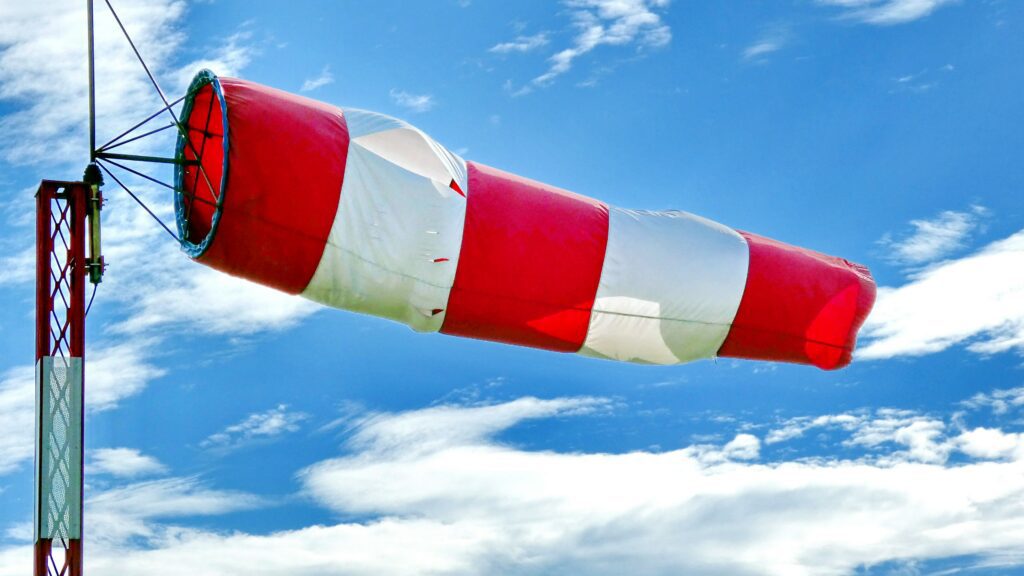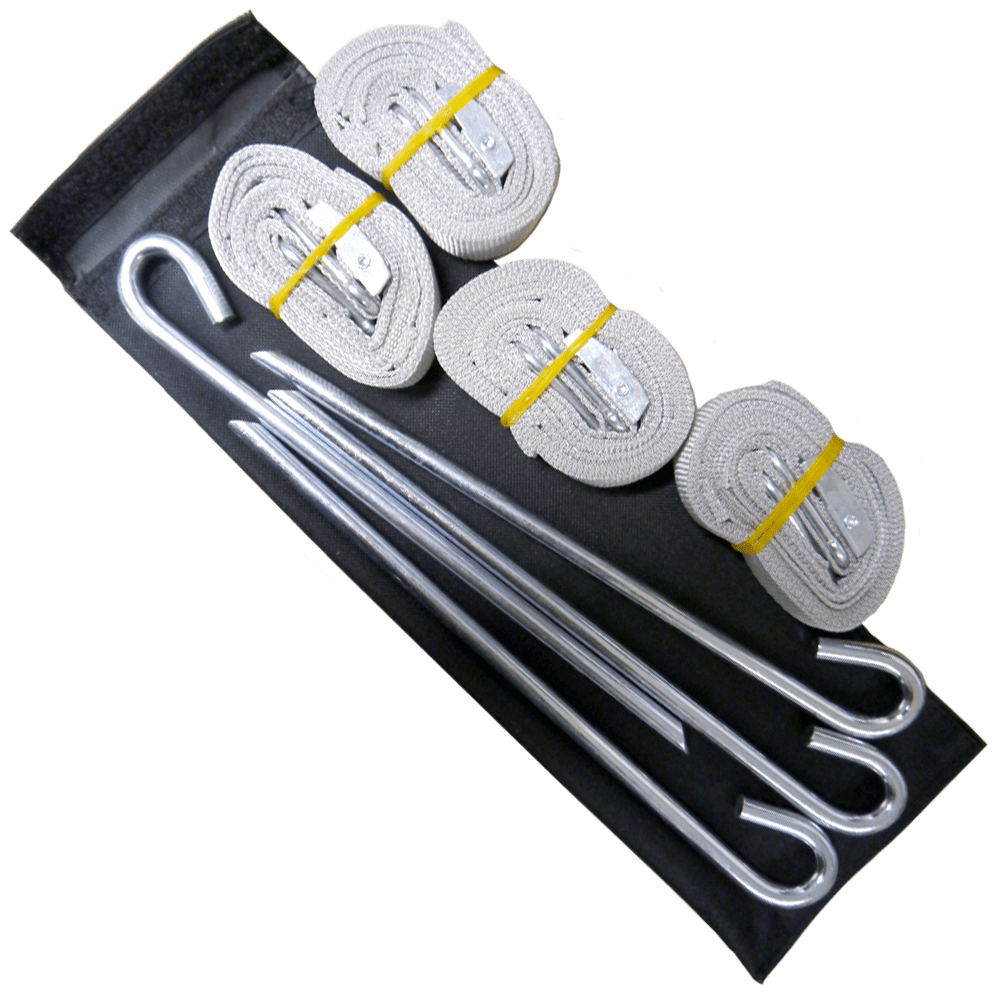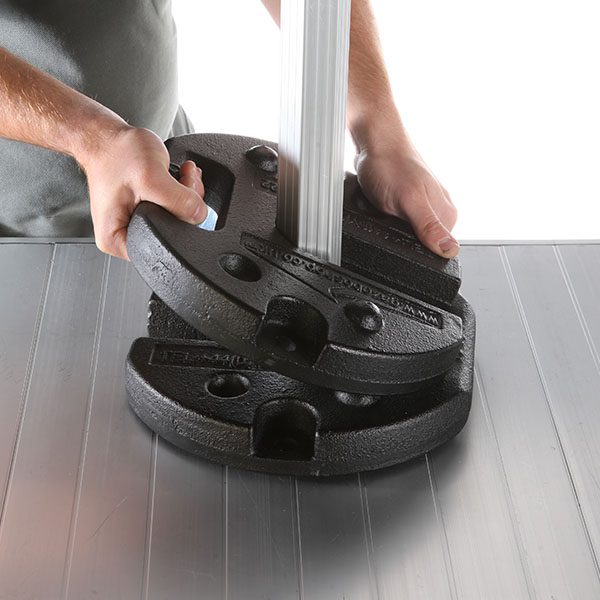How To Secure A Gazebo On All Terrain

In this blog, we will cover how to secure a gazebo from wind so you can rest assured it will be safe and stable. We’ll also outline different anchoring solutions based on the terrain you’ll be securing your gazebo on.
How to secure a gazebo from wind
Knowing how to secure a gazebo from wind is vital and is one of our most frequently asked questions. In fact, it’s asked by most of our customers.
So what’s the answer to weighing down your gazebo? Investing in a robust set of gazebo leg weights is a must if you want to get the most out of your gazebo and keep it firmly attached to the ground. You wouldn’t pitch a tent and not anchor it properly, and gazebos are no different!
Your gazebo is an investment and a little extra investment on weights and anchoring solutions from the outset can help to not only protect your gazebo, but also ensure a longer lifespan.
Best gazebo for wind
The best gazebo for wind is a gazebo that is extremely strong, sturdy and designed with resilience in mind.
The aluminium extreme 40 series and the aluminium extreme 50 hex are some of the strongest gazebos available in the European market. They have a heavy duty aluminium frame that is designed to withstand strong winds, and have awnings that can be used to provide additional protection from the sun and the rain.
Both options are available in a variety of colours and sizes and features a high strength multi-ribbed 6061-T6 aluminium extrusion with anodised finish that protects it from the elements. Meanwhile, hexagonal alloy legs provide the strength and sturdiness necessary for mild wind conditions.

When is it too windy for a gazebo?
There is no definitive answer for when it is too windy for a gazebo, as it depends on the specific gazebo, how strong it is, how well anchored it is and also the wind conditions. However, as a rule of thumb, if the wind is blowing at a speed of more than 35 miles per hour, it is generally too windy for a standard gazebo.
If you must use a gazebo in fairly windy conditions, make sure to stake it down securely and use weights to hold down gazebos, sandbags or water barrels to anchor it down.
You should also remove any loose items from the gazebo, such as umbrellas and cushions, to prevent them from becoming wind hazards. If the wind picks up unexpectedly to stronger levels, be prepared to take the gazebo down quickly to avoid damage or injury.
We do not recommend putting up a gazebo in heavy winds, it could pose a serious safety hazard.
How to secure a gazebo to grass
To secure a gazebo to grass, usually a soft standing tie-down kit is used, this involves using pegs that drive down into the grass on each corner of the gazebo and takes very little time to do.
All of our gazebos come with a standard soft-standing tie-down kit. This is similar to the guide rope system seen on many tents.
It’s worth considering upgrading to a heavy-duty tie-down kit which has much longer and thicker metal pegs to drive into the grass. This also comes with sturdy commercial-grade straps to tighten your mini marquee securely in place. This really is a must for use on soft ground when the wind picks up!
Not planning to use your gazebo on grass? Don’t worry, we have three brilliant anchoring solutions for hard-standing usage that will ensure your instant shelter stays put.

[Heavy Duty Tie Down Kit – Buy Now]
How to secure a gazebo on concrete or tarmac
If you plan to use your gazebo on hard surfaces, for example, a concrete patio, paving slabs, pavers or tarmac, then there are slightly different options for securing your gazebo. These options include:
Steel stacking leg weights
Steel stacking leg weights work by being placed on top of the legs of the gazebo. This helps to keep the gazebo in place and prevents it from toppling over in high winds. To add these to a gazebo, simply place them on top of the legs of the gazebo and make sure that they are evenly distributed.
If you’re looking to protect your gazebo from the wind, the best of the best are our steel stacking leg weights. These circular interlocking leg weights are sold in pairs, each weighing 25kgs. Therefore, a 4 leg gazebo would have a staggering 100kgs of weight holding it down, so it won’t be going anywhere fast!
We also sell a steel “H” leg weight which is 20kgs and perfect for use when joining two gazebos together.

[Leg Weights: 12.5kg Steel Stacking (Pair) – Buy Now]
Universal water leg weights
Universal water leg weights are designed to provide additional stability and support. To add these weights to a gazebo, simply put them on the legs of the gazebo and secure them in place.
Our universal water leg weights are a good budget option with the benefit of being lightweight for transportation. These stackable weights are sold in pairs and can be filled with water, sand or gravel.
The Classic Weight Bags are the most popular option and are filled with water. The Heavy Duty Weight Bags are filled with sand and are ideal for use on windy days; and the Eco 12kg Gazebo Leg Weights are perfect for use on larger gazebos.
Sandbag leg weights
Sandbag leg weights are another ideal budget option for use in normal weather conditions on hard ground. Sold in sets of 4, simply fill them with sand or fine pea shingle and strap them to the base of the gazebo legs for extra anchorage. Please note that contents for sandbags are not supplied.
Gazebo weights to secure your gazebos
So there you have it; a comprehensive range of ways to keep your gazebo secure. Love and look after your gazebo and in return, it will give you years of excellent service!
To conclude, the best way to keep your gazebo secured down is with top quality weights. When it comes to gazebos and gazebo weights, we’ve got you covered, no matter what terrain your gazebo is on.
Browse our range of gazebo weights for your gazebos, including water leg weights, steel leg weights, sandbags, water barrels and more.




